How Drone Support is Improving Artillery Firepower
The eyes in the sky are reinventing long range weaponry.
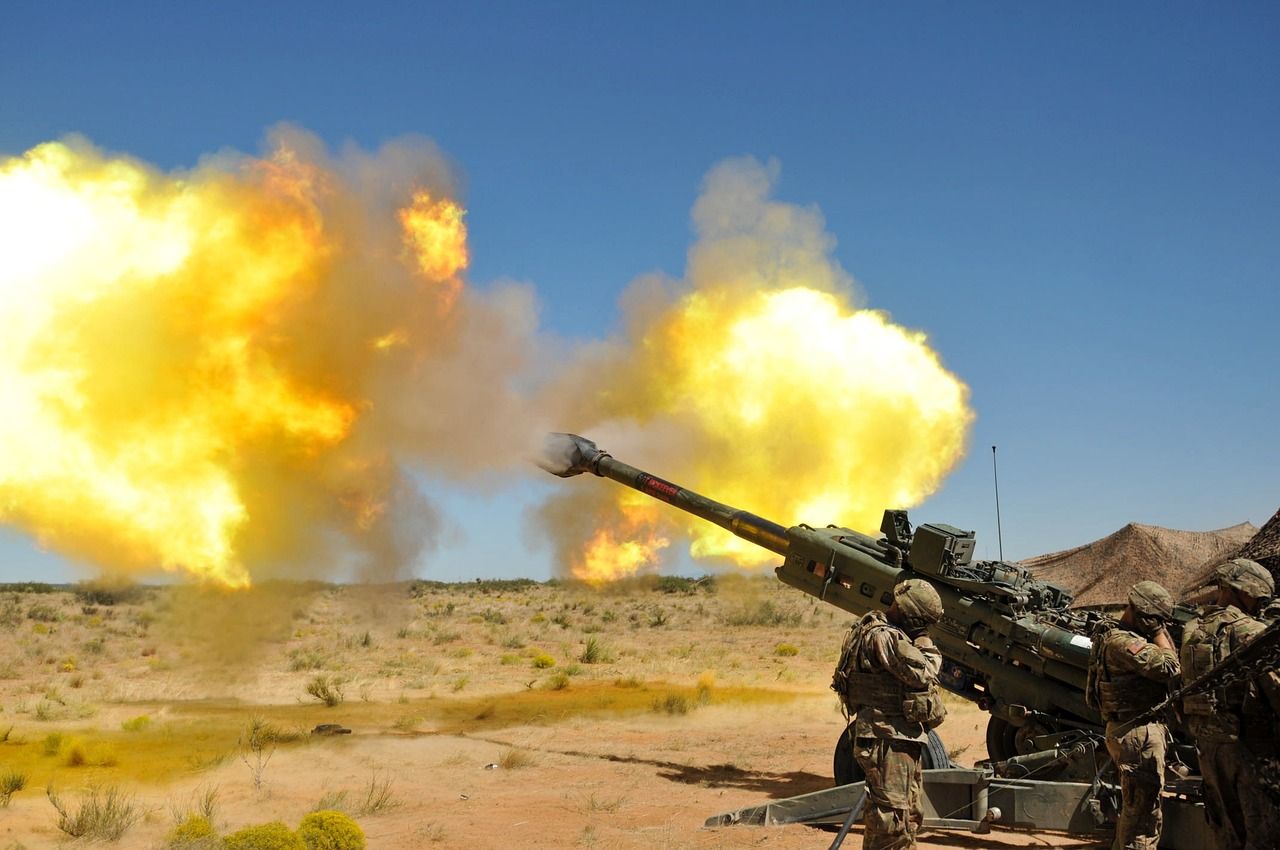
At the start of the Russian invasion of Ukraine, it was widely predicted (most notably by Pres. Vladimir Putin) that Kyiv would soon be overrun. These predictions were based on the overwhelming size advantage which the Russian army had over the Ukrainians.
In a near-continental sized battlefront, the importance of the massed tank and artillery brigades that the Russians commanded seemed certain to seal Ukraine’s fate.
The history books will explain in great detail why this did not happen, and one large chapter will be reserved for drones and how they have changed the use of artillery.
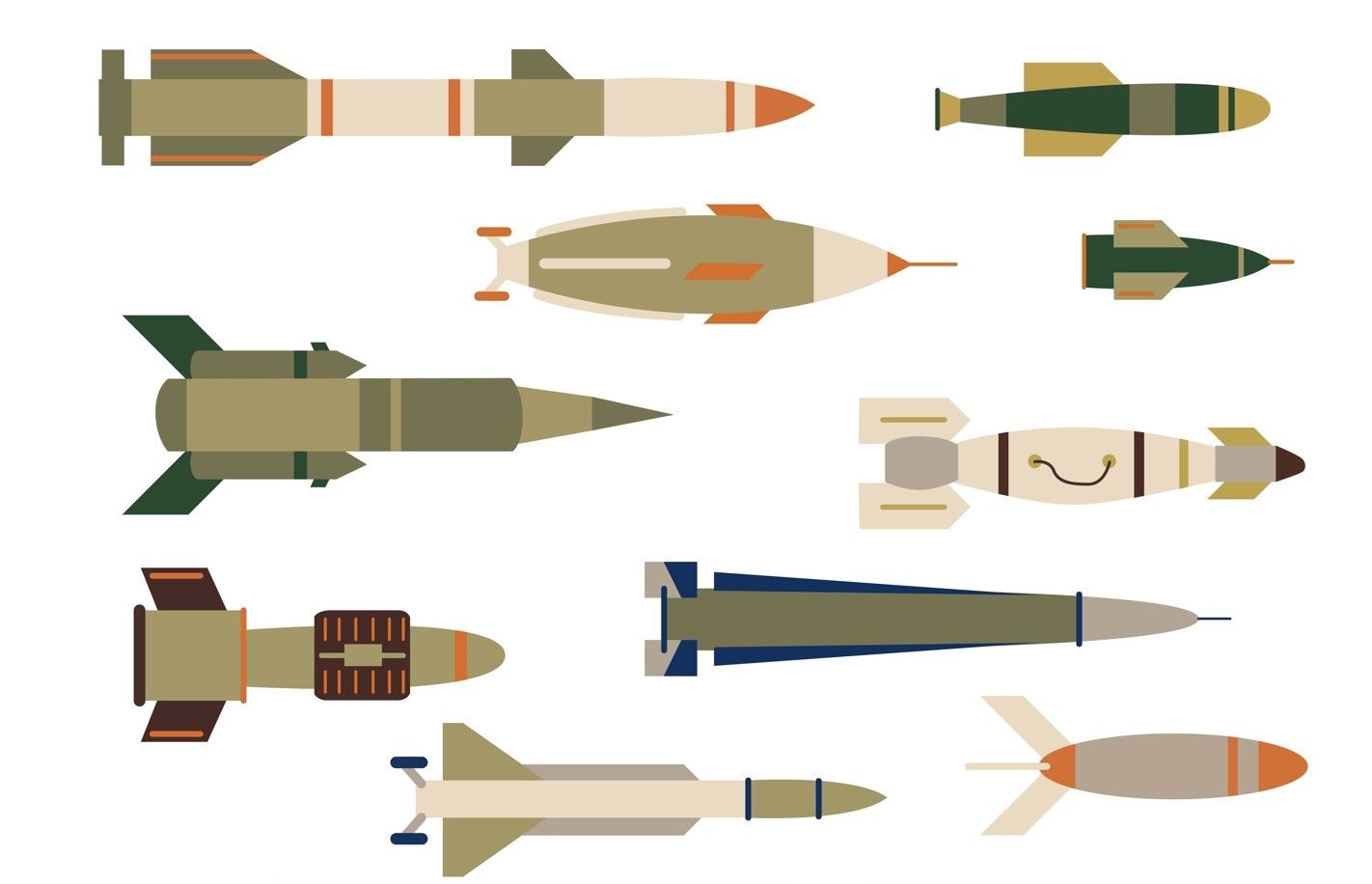
The ability of drones to find enemy positions has always been clear. It is difficult to hide from a drone, saving the lives of countless soldiers who were unable to see enemy forces which had dug-in, camouflaged, or who were located on the other side of the hill.
Drone observation, even by hobby drones, has changed this, with the tracking and spotting of troop movements conducted in real time.
Like other nations, Ukraine began expanding its use of drones in a reconnaissance role throughout the decade prior to the invasion. Yet while they were ideal for scouting enemy positions, military chiefs soon realised that there were problems in collating all the data from across a battlefield and reacting to it before targets had moved.
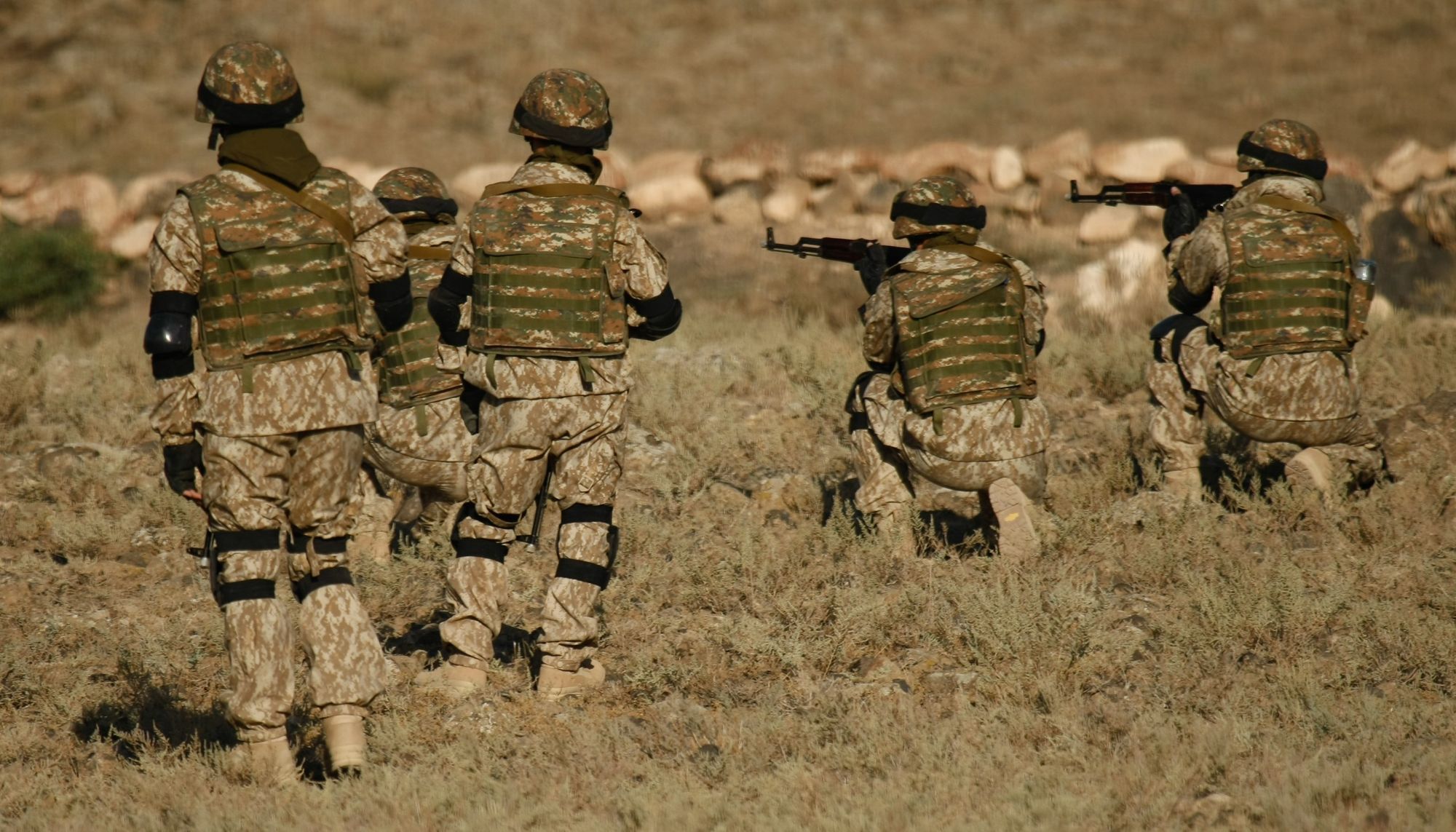
To resolve this issue, an intelligence mapping software was developed, called Kropyva (nettle in English).
Able to work on an Android system, Kropyva helps map targets and coordinate artillery fire missions through a NATO compatible secure communication network. It is useful at all levels (from divisional command to an individual tank), but crucially, is devised to work in cooperation with drones.
Kropyva is capable of receiving a target’s location and then assisting gunners in calculating the correct angle and elevation. The drone can then report on where the shell has landed, so that the system can make suggested adjustments until the target is hit.
Similar programs, such as GIS Arta, ComBat Vision, and the major Delta battlefield management system, have also been developed by Ukrainian software developers to share data, locate targets, and direct fire. These programs are supported by military grade drones, such as the Spectator-M and Leleka-100, as well as modified commercially available drones.
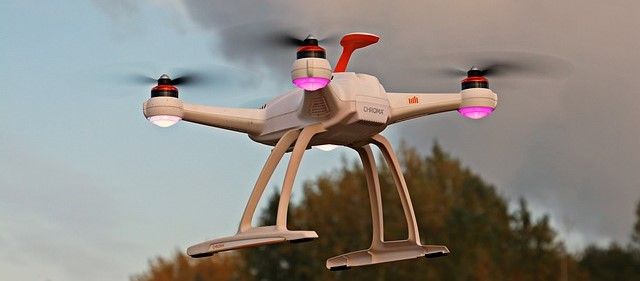
While the latter have a short range and flying time, their low-cost and ease of availability makes them a practical and expendable option for artillery spotting. Both types of drones have been crucial in increasing the effectiveness of artillery firing.
At the start of the war, Oleksiy Arestovych, an adviser to President Volodymyr Zelensky, explained to the media that destroying a standard platoon in a defensive position with artillery typically required about 75 rounds from a 120-mm Howitzer. Just a few months later, the effective use of drones had reduced that to just nine rounds. “This saves time and increases the survivability of artillery so that they are not found, detected, or suppressed,” explained Arestovych.
This tactic has helped to negate the advantage that the Russian army held in artillery capacity at the start of the war.
While estimates vary considerably on the subject and the numbers have changed over time as the situation on the battlefield has changed, a Business Insider report on the subject noted that, “In November NBC quoted US officials estimating Russian expenditure of 20,000 rounds per day against 4,000-7,000 for Ukraine. NATO Secretary General Jens Stoltenberg stated in February that Russia was firing around four times as many shells as Ukraine. In March, Spanish newspaper El Pais quoted EU insider sources as saying that Russia was firing 40-50,000 rounds per day, compared to 5,000-6,000 for Ukraine, while Estonia (which has supplied shells to Ukraine) estimated that Russia was firing 20,000-60,000 per day compared to 2,000-7,000 from Ukraine.”
This data, if accurate, means that Russian artillery has been firing anywhere from four to nine times the number of shells that the Ukrainians have been firing. The UK defence think tank RUSI has even described the Russian army as “an artillery army with a lot of tanks.”
Despite this overwhelming firepower, Russia has suffered much larger casualties, with one US Intelligence report believing that for every Ukrainian killed or injured, 1.6 Russians have become casualties.
While this higher toll could be due to the Russians’ role as attackers, for many months of the war the battlefield has been a static stalemate.
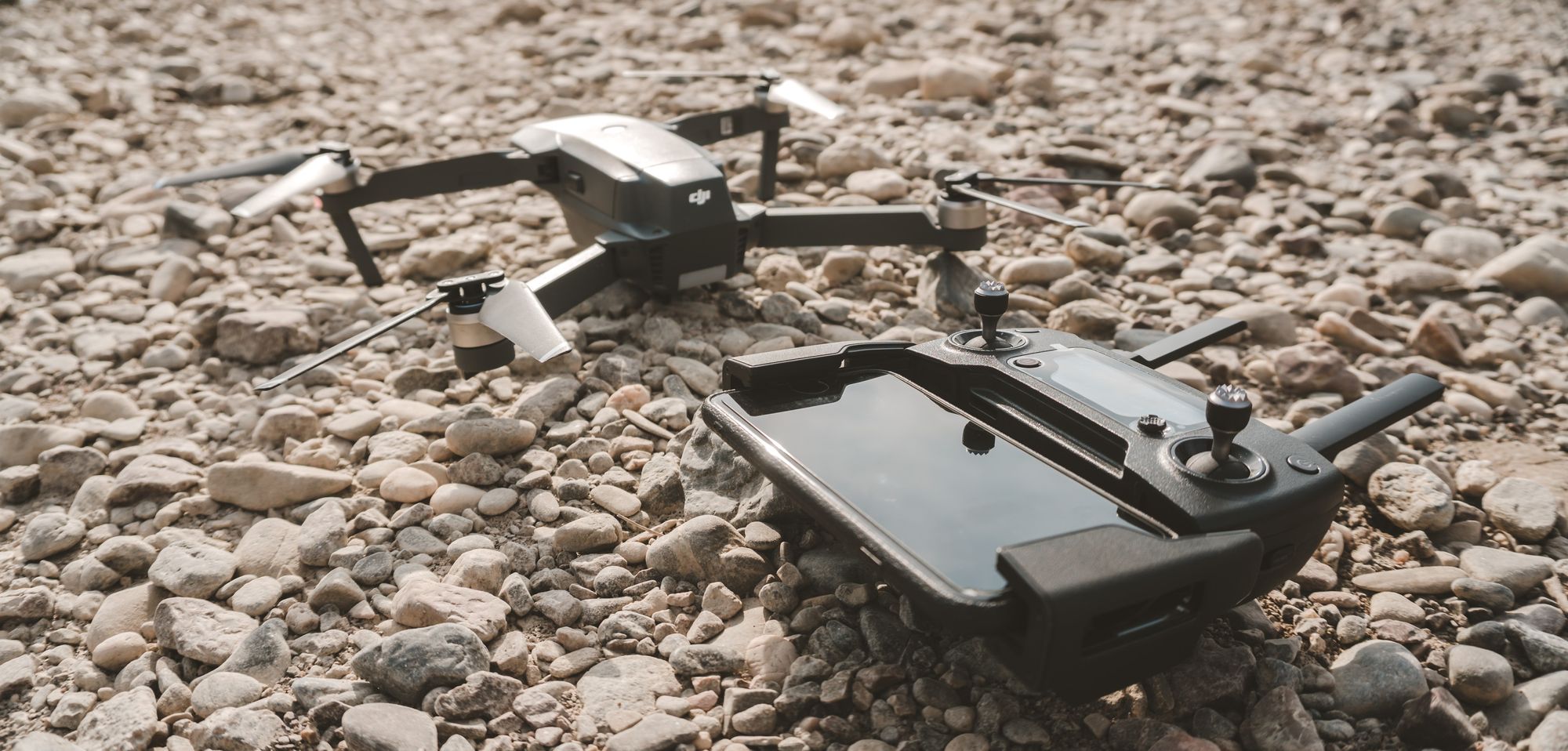
This has led many military analysts to conclude that Russia has wasted its artillery superiority on old-fashioned tactics of mass fire areas. The Ukrainian army, meanwhile, has absorbed drone capability into its tactics, to transform its artillery into a weapon of precision rather than blanket fire.
Thanks to drones connected via a comprehensive data management system means individual Ukrainian guns can now be used to neutralise individual targets.
First hand evidence of this was seen in July 2022, when video footage was released by a Ukrainian soldier with the call sign ‘Balu’. This showed how three Russian armoured troop carriers could not be destroyed despite successive direct fire hits from infantry launched anti-tank missiles. With the aid of drones and the Kropyva system, all three vehicles were soon destroyed.
It is an approach that is also aiding Ukrainian tanks which are increasingly being used to engage Russian armour beyond normal combat ranges and beyond line of sight.
In August 2022, a Russian tank was destroyed by a Ukrainian T-64BV in what is possibly the longest ever tank vs. tank kill at a range of 10.5 km. This was made possible with a drone spotting the Russian target and guiding the Ukrainian indirect fire. While the Ukrainians fired twenty 125mm rounds before hitting the target, the Russians could not even see their enemy and were unable to return fire.
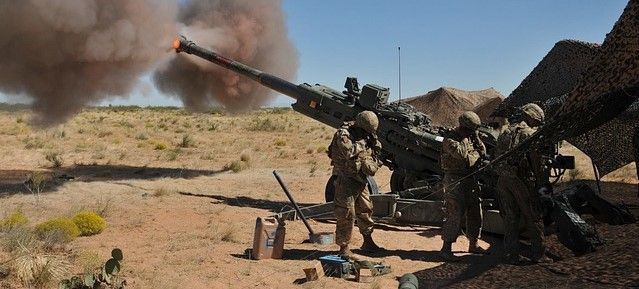
Other incidents have been reported of drones assisting indirect fire of 73mm gunsand 30mm automatic cannons. Even obsolete artillery pieces, such as 100mm T-12 Rapira anti-tank guns, the 73mm SPG-9 recoilless anti-tank weapon, and the AGS-17 Plamya 30mm automatic grenade launcher (all dating from the 1960’s) have become far more effective thanks to drone support.
As David Hambling, a military specialist for Aviation Week observes, “… the days of artillery batteries blasting away blindly at map coordinates may be over. And direct fire, in general, may become increasingly rare as targets are engaged beyond visual range.” Adding that, “Big data may be more powerful than big guns, and future conflicts may be determined more by the available drone fleet and its supporting software than the number of artillery barrels.”
The true advantage of drones in warfare, may not be just their reconnaissance value, but their ability to coordinate artillery fire. In fact, it could be argued, that the drone may have turned a gun as large as a 120-mm Howitzer into a long-range sniper weapon.
Photo credit: Military material, pch vector on Freepik, wirestock, No name 13 from Pixabay, wirestock, & military material

